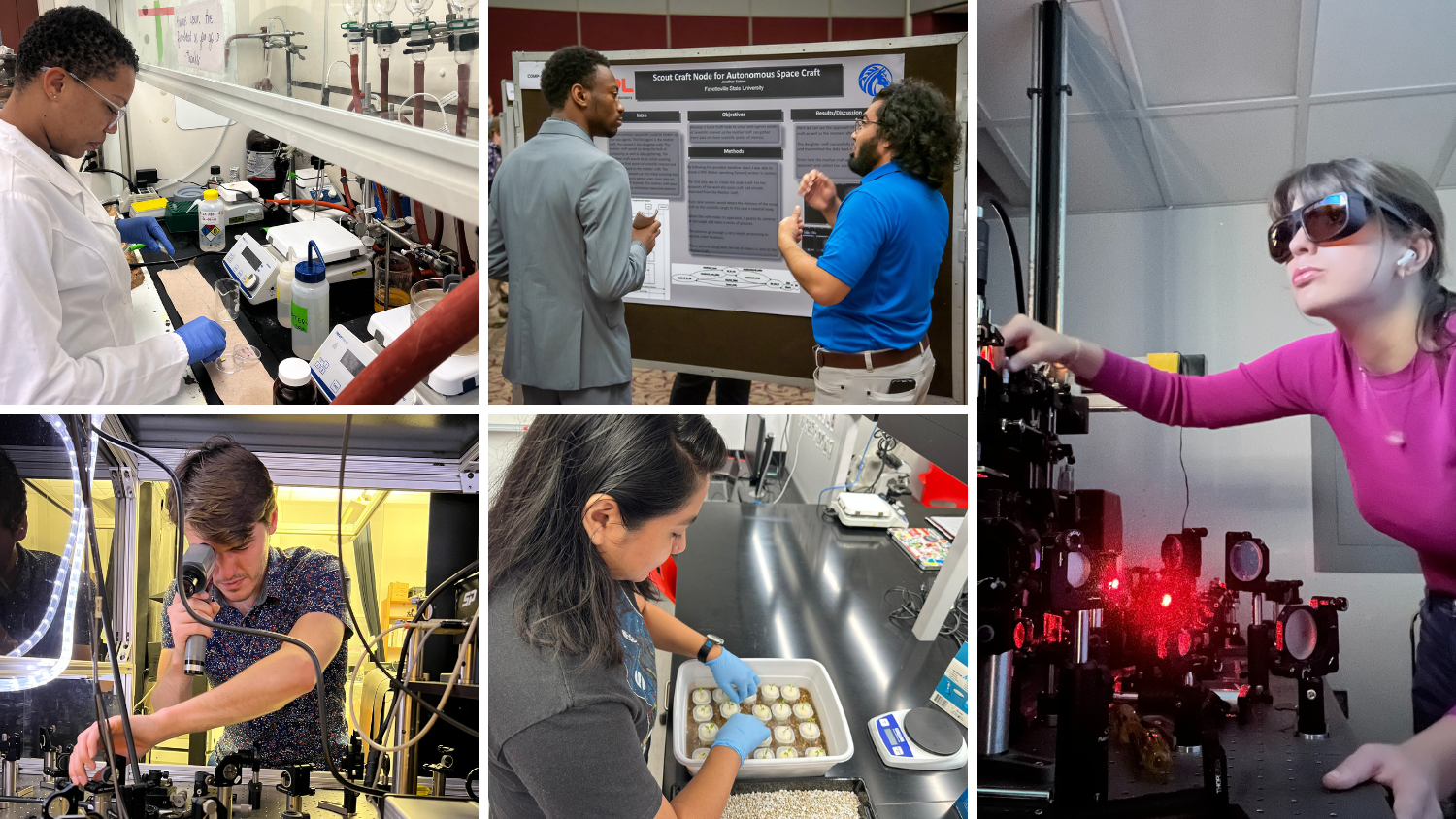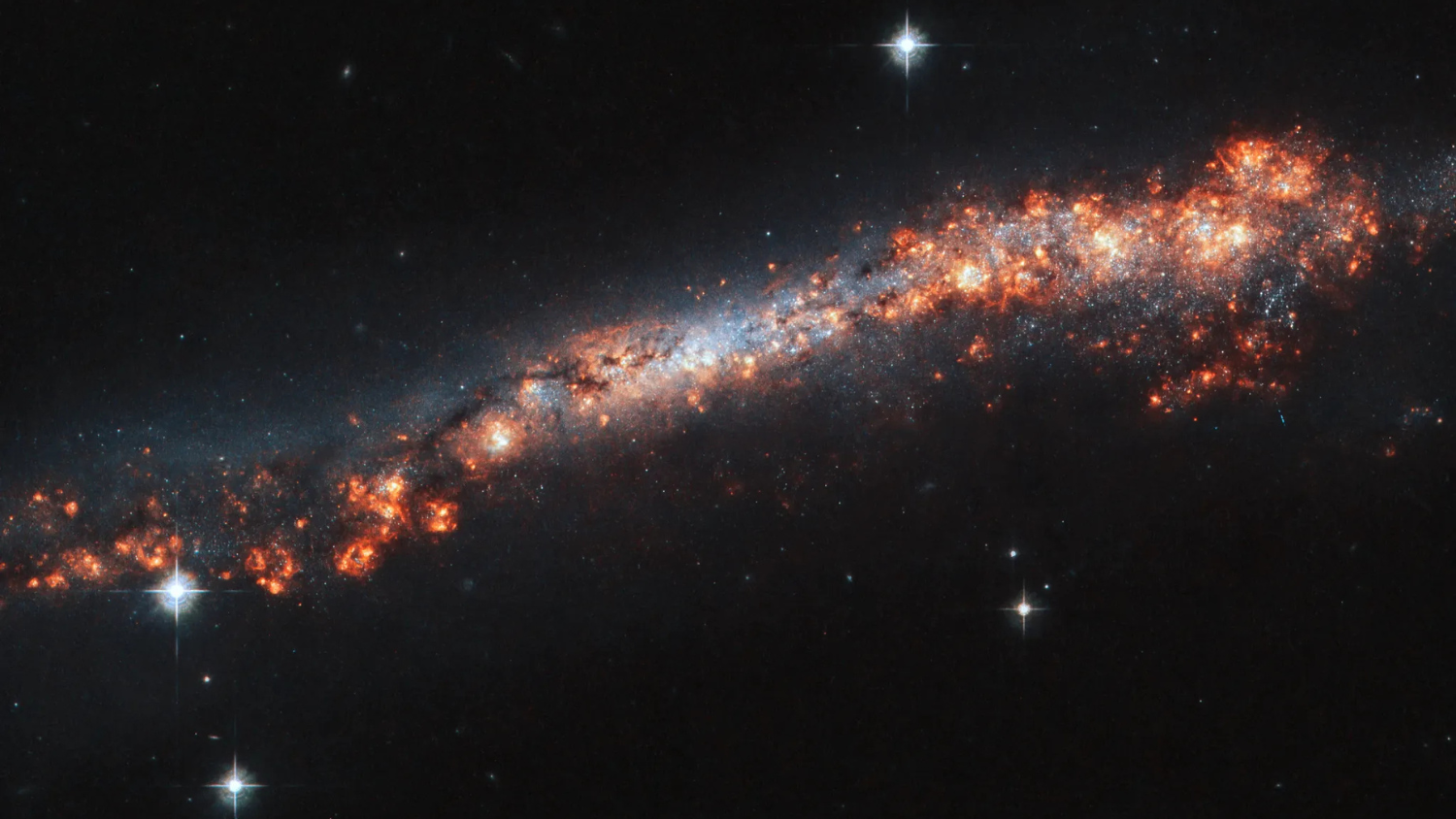The Greatest Show on the East Coast
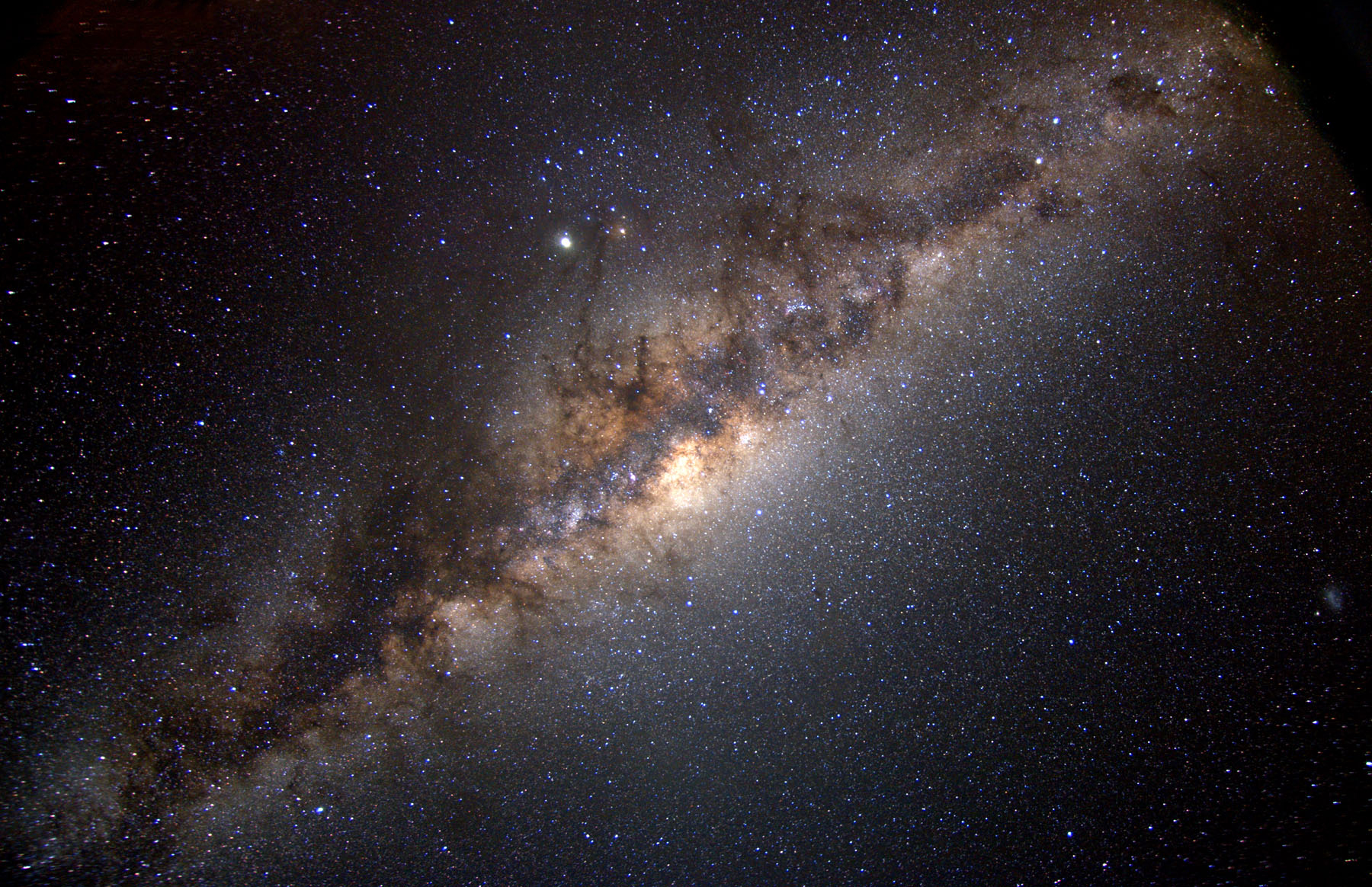
The Milky Way Galaxy. Photo by Brunier/NASA.
New Journeys into the Heart of North Carolina’s Darkness
The Outer Albemarle Peninsula offers some of the darkest skies on the U.S. Atlantic seaboard, with sites for unsurpassed stargazing and a nightscape experience full of wildlife at play under the music of the spheres.
Excerpts from the North Carolina Sea Grant Coastwatch article by Dave Shaw. Read the full article here.
NC Space Grant supported the Night-Scape Resource Project through a Community Collaborative Research Grant, in partnership with NC State’s Kenan Institute of Engineering, Technology, and Science and North Carolina Sea Grant. East Carolina University’s Department of Geological Sciences and ECU’s Coastal Studies Institute also provided key support.
The Yellowstone of the East
Welcome to the “Yellowstone of the East,” where the Gothic South meets the galaxy. Here on the Outer Albemarle Peninsula, you can stare into the soul of the Milky Way, a gash of glitter across the night sky that formed billions of years before our planet. You can watch the moon rise, feathering cirrus clouds of silver and indigo, or follow the night’s new river of light across a black inlet out to the horizon. Bring your telescope, your binoculars, your sense of adventure, and anyone you know who still believes that reality beats virtual reality.
“These are world-class natural resources,” says Stanley Riggs, a coastal and marine geologist with North Carolina Land of Water (NC LOW) and a leader of the Night-Scape Resource Project. Riggs utilized a community Collaborative Research Grant, to study the nightscape of the Outer Albemarle Peninsula and conduct outreach to inform the public about the rare treasure he has found in the OAP night sky.
“It’s truly a magic place,” he says, “once you get off the main highways.”
Riggs first heard the “Yellowstone of the East” description of the peninsula from Mike Dunn, a naturalist and science educator, who worked with Riggs on earlier research. Dunn has led tours for visitors from around the world primarily to two jaw-dropping regions — Costa Rica and Yellowstone Park — and also, at first blush, to seemingly much less exotic eastern North Carolina.
“Mike was right,” Riggs says. “There are plenty of reasons to compare Yellowstone with aspects of the OAP that require more introspection and contemplation. You just have to slow down and understand a little about the natural resources that we have here.”
Riggs’s enthusiasm is catching, especially when he begins cataloging why exactly the Outer Albemarle, like the iconic national park, possesses the potential for ecotourism. The biodiversity within OAP terrain rivals Yellowstone’s, for instance, even among the large animals — black bears, red wolves, porpoises and sharks versus the famous park’s moose, elk and grizzly bears — not to mention that the peninsula’s panoramas can compete with any location’s.
In fact, the OAP’s 780 square miles of national wildlife refuges, state parks and reserves, and vast swaths of public game land seem to unfurl endlessly because of an additional 2,900 square miles of publicly owned buffer enveloping it all.
Albemarle Sound to the north, Croatan and Pamlico sounds to the east and southeast, and Pamlico River Estuary to the south surround the OAP. Cape Hatteras and Cape Lookout National Seashores further protect the peninsula to the east, as do the Pea Island and Cedar Island National Wildlife Refuges. To the west, broad stretches of agricultural fields sprawl across the lower Coastal Plain.
“When you have a vast area of public wetlands surrounded by expansive estuarine bodies of water, with minimal human activity, the 360-degree vistas of the horizon provide a never-ending parade of night sky magic,” Riggs says. “Thunderheads illuminate the stage with dramatic lightning, as spectacular cloud displays at day’s end introduce a zenith of planets, constellations and an astronomical wonderland that is becoming an endangered environment along our coast, because of increasing light pollution.”
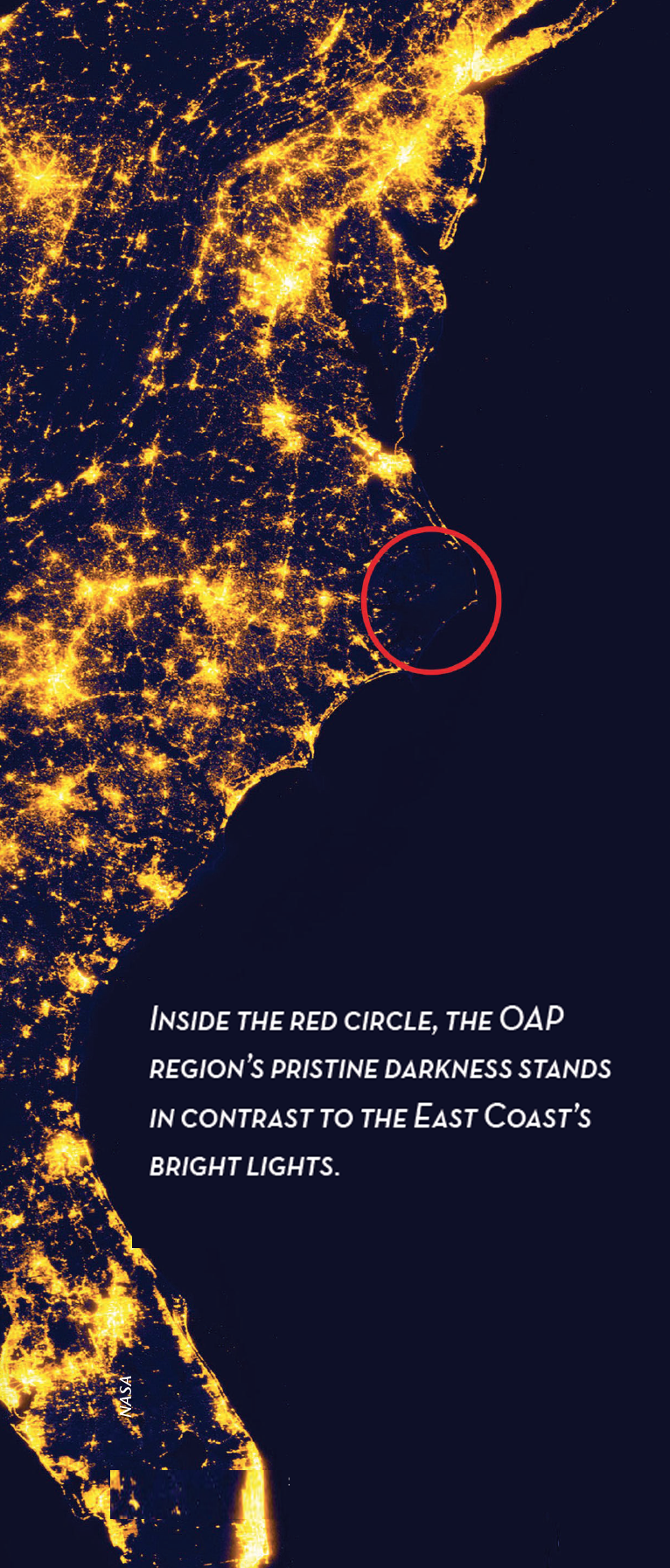
Into the Dark
Because of the OAP’s immense tracts of protected and unpopulated terrain, these night skies are some of the darkest on the U.S. Atlantic Coast between Boston and Miami.
Riggs recalls when he previously could view the Milky Way from his own back doorstep, a level of visibility astronomers consider necessary both for optimal stargazing with the unaided eye and for exploring the farther reaches of space with binoculars and telescopes. Today, he says, due to light pollution from nearby residential developments, “I can’t see either the Milky Way or the Little Dipper.”
In large part, the conspicuous black sky over the OAP that appears on nighttime satellite maps of the Eastern Seaboard prompted Riggs to document this terrain. Naturalists and astronomers covet such conditions, which offer a paradise for both professional and amateur explorers alike — with significant implications for the future economic health of the whole region.
To partner with astronomy experts, Riggs’ NC LOW joined forces to form the Night-Scape Resource Project with another nonprofit, Greenville’s “A Time For Science.” The project trained survey teams to journey across the peninsula to catalog night landscapes and soundscapes, as well as the viewscapes of those deep and spacious skies untouched by artificial light.
The teams would visit sites on national wildlife refuges (Alligator River, Pocosin Lakes, Mattamuskeet and Swanquarter), state parks and reserves (Pettigrew, Somerset Place and Buckridge), and vast parcels of public game lands (NC Wildlife Resources Commission). But first, there was a caution for everyone who had volunteered for the assignment — scientists, educators and students alike — about the remote ground they were about to cover.
“Most of this land is low, wet and wild,” reads the project’s instructional guide. “Do not drive off any paved, graveled or sand roadway. YOU WILL GET STUCK.”
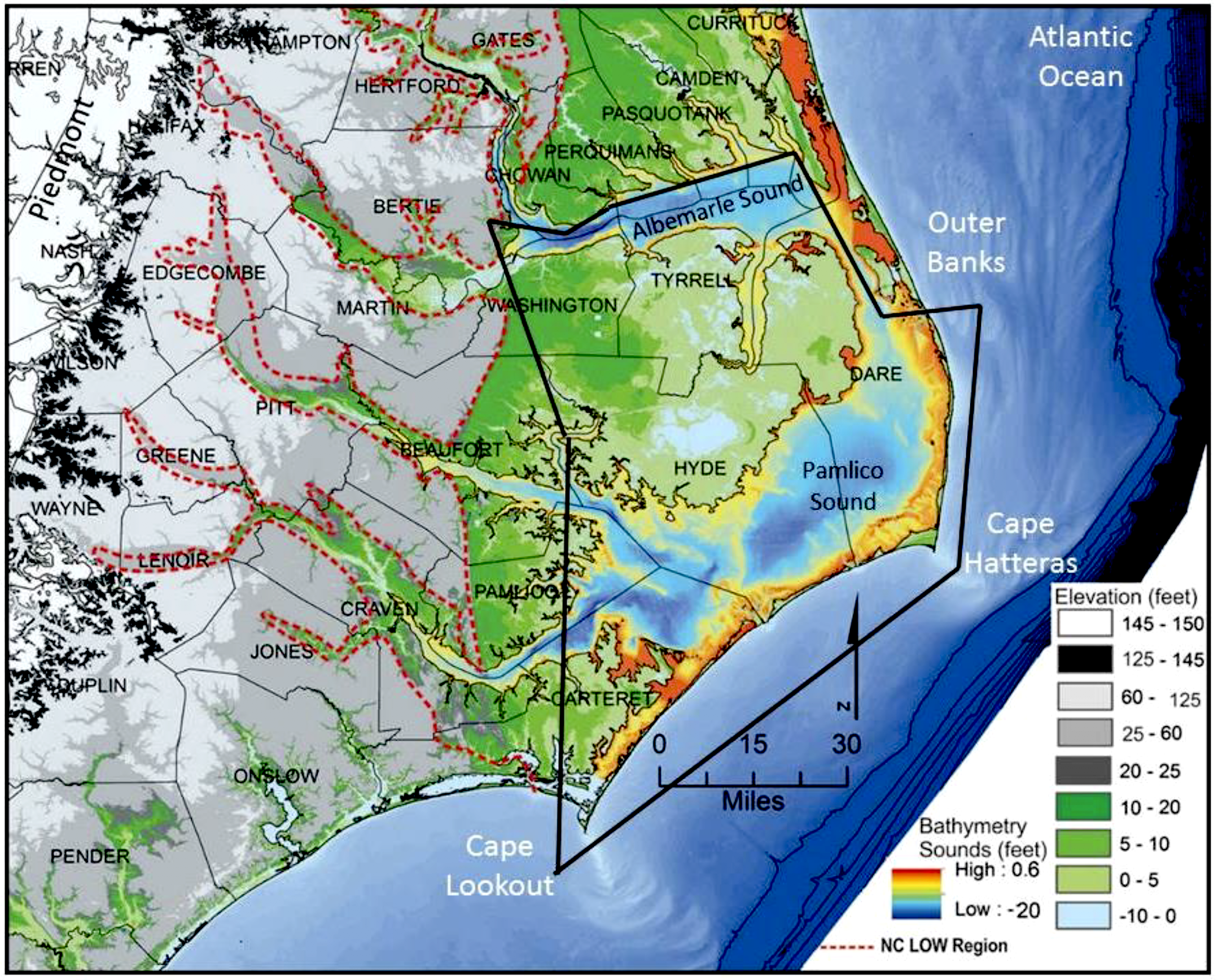
Not only did the project produce comprehensive site profiles, but its data on light pollution possibly could earn the OAP a regional designation as an “International Dark Sky Reserve.”
“A majority of our survey sites on the OAP offer starry nights that the International Dark Sky Association’s guidelines rate as gold or silver,” Riggs says.
The dark sky designation, Riggs adds, along with the accompanying stamp of approval from the International Dark Sky Association, would enhance the peninsula’s visibility, infusing the region’s slowly growing ecotourism industry with instant marketability.
Jane Harrison, North Carolina Sea Grant’s coastal economics specialist, says tourism on the coast is a key economic driver.
“For Dare County, one in four jobs is in tourism and recreation,” she explains. “Hyde, Washington and Tyrrell counties are looking to grow their tourism economies especially, and night sky ecotours would be a great addition to what they already offer.”
In 2015, Harrison says, tourism in Tyrrell County provided less than 2% of the jobs.
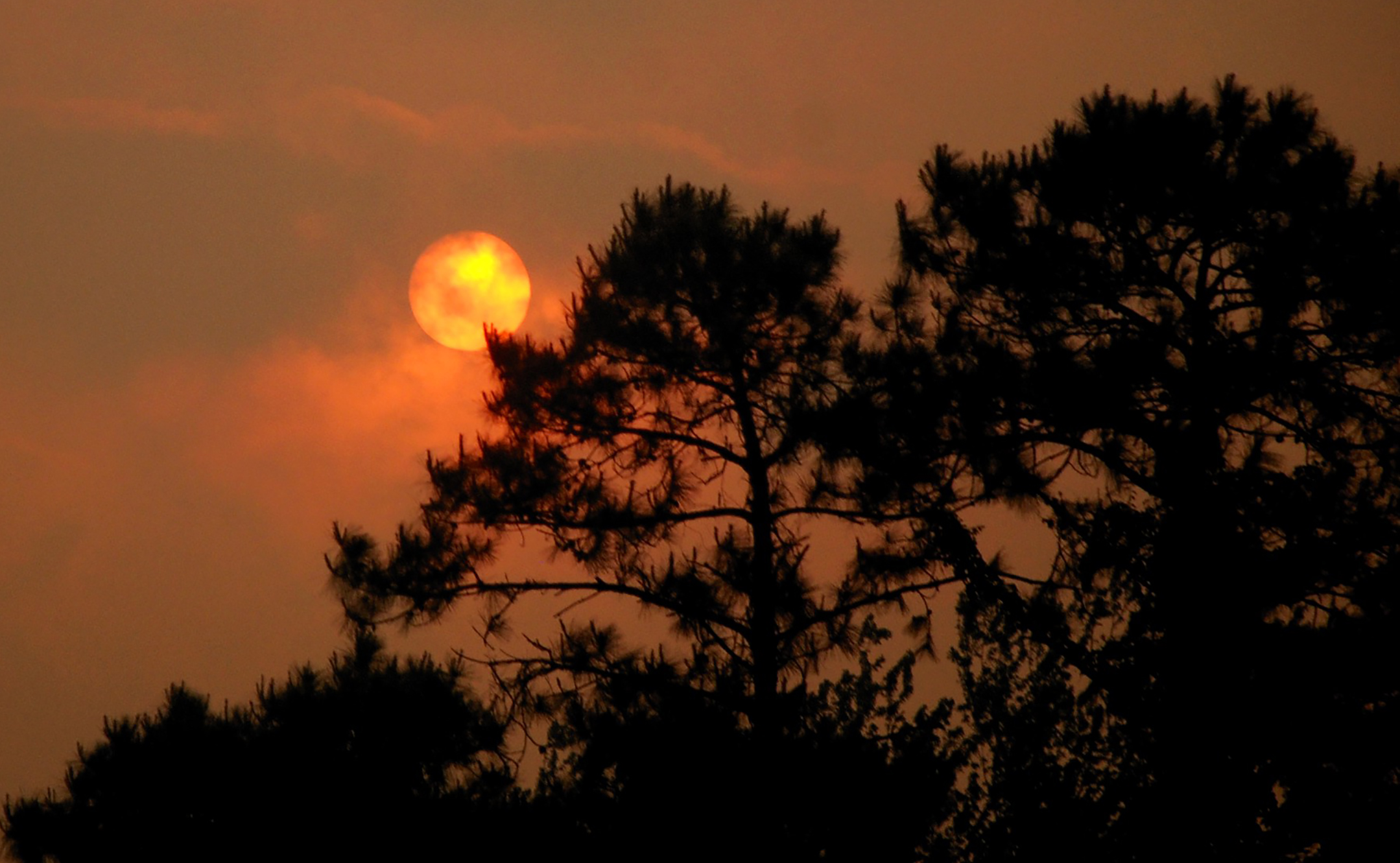
The Stargazer’s Playground
The Yellowstone of the East’s appeal is significant and indelible.
“The sites with a shoreline are the best,” Riggs says. “The stage becomes much vaster. Incredible cloud patterns, distant thunderheads with flashing lightning spectacles. Out here, the sunsets and sunrises, and moonrises and moonsets, are among the biggest shows on Earth.”
The OAP offers a majestic platform to watch lunar eclipses and rising planets, to unfold a chaise-lounge for shooting stars — especially the seasonal Perseid or Geminid meteor showers — or a place to plant your telescope to gaze at supernovas, Saturn’s rings or Jupiter’s red spot.
And, of course, out in the heart of all this darkness, our own Milky Way gleams for the naked eye. Most of us no longer can see it from our own back door, with or without a lens. But out on the OAP, that long band of stellar haze crosses the celestial sky faithfully — as faithfully each night as, well, Old Faithful — hinting, like the famous geyser, at the universe’s hidden depths.
“Sweeping through the Milky Way with a telescope reveals a window deep into the center of our galaxy,” Riggs says. “Interstellar gas and dust constitute the spiral arm as it cuts through the starry ‘cloud.’ Within this cloud is a treasure trove of nebulas and star clusters — a stargazer’s playground. Here, it’s important to see not only with your eyes, but with your mind.”
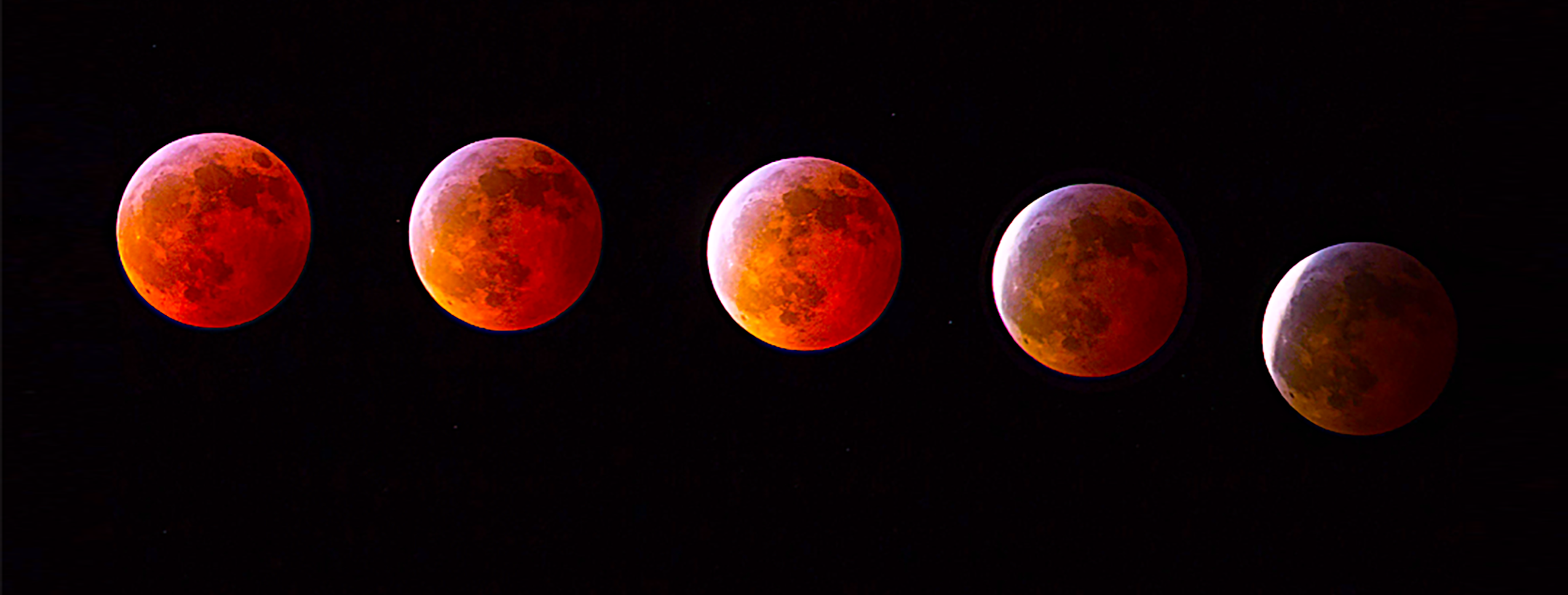
Nature’s Remedy
In addition to nature’s archetypal resonance within us, a record of research as wide as the OAP’s dark expanses suggests the very act of beholding the natural world can help alleviate many ills that consume our psychological space — afflictions including stress, depression and even attention deficit disorder. In fact, science over the past decade has shown that spending time in nature may be especially important for the well-being of children.
In 2018, researchers at NC State and Clemson found that even rural children, amid easily accessible natural settings, are spending more time in front of electronic screens than they spend outside. The study looked at middle school students, in particular, and determined that gaps between time spent on screens and time in the outdoors were widest for girls and African American students.
When the study was published, NC State’s Lincoln Larson, co-author of the journal article, said that middle school could be a turning point for children as priorities shifted and their lives became more structured. “This often results in fewer opportunities for outdoor recreation,” he explained. “This is a problem, because connection to nature plays a positive role in young people’s physical health and psychological development.”
For Riggs, the nightscape offers a natural remedy, a valuable alternative for families zigzagging through life with their eyes locked on screens.
“The whole concept is to get people in tune with these hidden resources,” he says. “When I take people out on North Carolina’s large estuarine water bodies and away from the large urban centers, I tell them to count the number of boats they see. It’s rare to see more than a fisherman or two on any given day on most of North Carolina’s underutilized estuarine waters.”
Accordingly, a large part of the Night-Scape Resource Project’s charge is to educate — in effect, to take the sky into the classroom and to draw students into the environment. Riggs and his team have held a series of science teacher education workshops and fieldtrips, and A Time For Science’s Brian Baker has taken his portable planetarium into many coastal N.C. schools.
The project also has collaborated with the Coastal Studies Institute to host “Star Parties” at Jennette’s Pier in Nags Head and the Windsor Middle School in Bertie County. Hundreds of eager participants typically attend these events, which include a series of large outdoor telescopes and where “sky time” eclipses “screen time.”
“Opportunities for building programs around the nocturnal environment and night sky are unlimited,” Riggs says. “Educating the youth, public and leadership of the Roanoke-Albemarle region is critical for the protection and management of this dark-sky natural resource, but also to capitalize on the potential for developing a sustainable ecotourism for the region’s future.”
The skies, wildlife, possibilities for photography and kayaking, the potential for an astonishing trail system, even simply the sheer breadth of the terrain to explore — the more you contemplate all that the Outer Albemarle Peninsula offers, the more apt “The Yellowstone of the East” begins to sound.
But the OAP also defies comparison.
“I’ve lived and worked all over the world,” Riggs says. “This region is unique. We’ve got blackwater streams and swamp forests. The estuaries are drowned river valleys that are bounded by the beaches and capes of the outer barrier islands. And it’s all dynamic, subject to high-energy storms that cause ongoing changes to the coastal system. It’s far more than just a place where astronomers go wow. And it’s ours. It belongs to the people.”
Read the full article in North Carolina Sea Grant’s Coastwatch magazine.
This project defined nightscape resources within northeastern North Carolina’s coastal system, but local, county, state, and/or federal agencies, with specific rules and regulations pertaining to night visitation, manage these sites. Contact the appropriate office for permission to access specific sites for nightscape viewing.
The project includes: Stanley Riggs, coastal and marine geologist at North Carolina Land of Water and project lead investigator; Karen Clough, NC LOW’s community outreach coordinator; Emily Jarvis, executive director of A Time For Science; and Brian Baker, director of astronomy with ATFS. The project has a working partnership with Reide Corbett, oceanographer and executive director of the ECU Coastal Studies Institute, as well as three groups of local volunteers who constituted the field-mapping teams. The project also has developed working partnerships with the U.S. Fish and Wildlife Service (Alligator River, Pocosin Lakes, Mattamuskeet, and Swanquarter National Wildlife Refuges), Pettigrew State Park, and the N.C. Wildlife Resources Commission.
EDITOR’S NOTE: This article heavily relies on Stan Riggs’s report, Night-Scape Resources: Northeastern North Carolina Coastal System, as well as interviews with and presentations by Stan Riggs. NC State News, Jane Harrison, and other sources also provided information.
• Community Collaborative Research Grants
• North Carolina Space Grant funding opportunities
• Stan Riggs on “A Brief History of Sea Level Rise”
- Categories:
